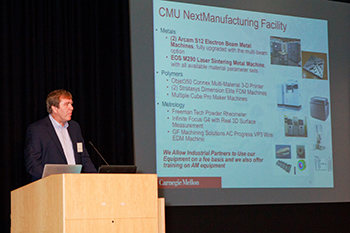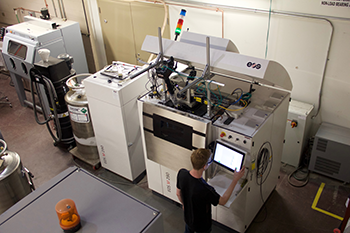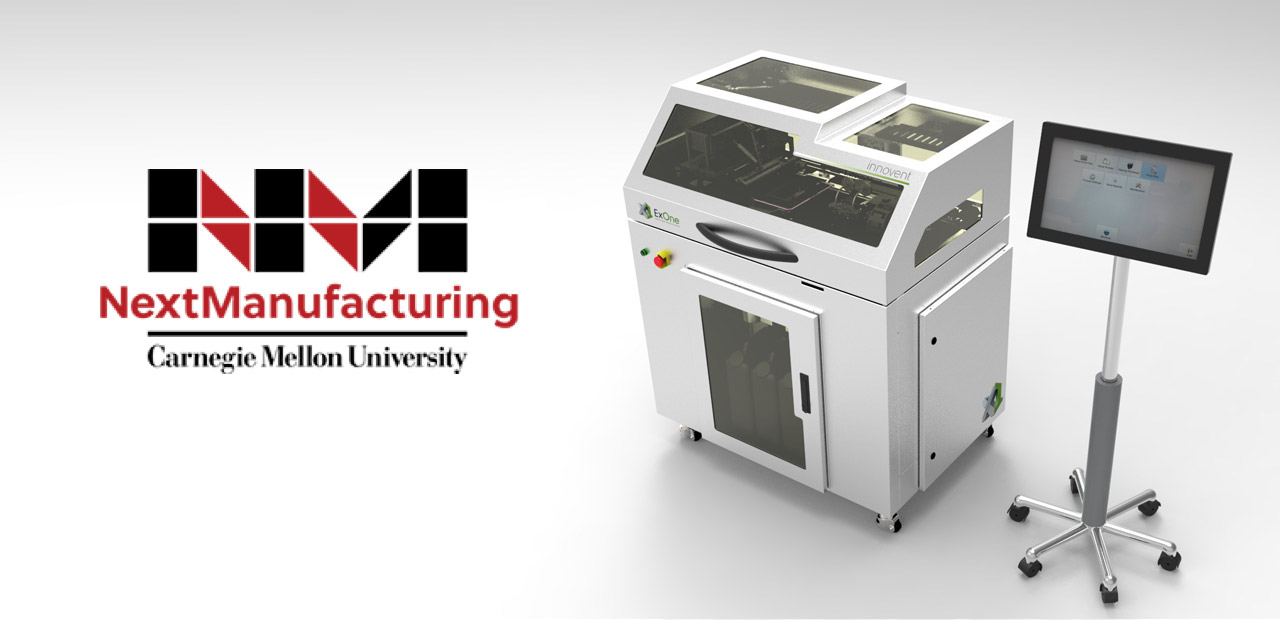Carnegie Mellon University Leads the Way With 3D Printing Education
Even though 3D printing technology has come very far, it still has a long way to go before it can move out of the workshops of hobbyists and enter the realm of manufacturing as a cost effective and profitable tool for mass production.

One way to speed up the development of 3D printing is by spending more money on research. This is what the NextManufacturing Center located at Carnegie Mellon University (CMU) in Pittsburg, PA is doing. The NextManufacturing Center was started with collaboration from students and faculty in 2015. In July, 2016 the NextManufacturing Center created a consortium of industry leaders including US Steel, GM, and the FAA to push forward 3D printing technology.
Carnegie Mellon has a rich history of being the leader on emerging technology. Carnegie Mellon is the leading university for self-driving cars and artificial intelligence, and it is now claiming the spot for additive manufacturing as well. Carnegie Mellon is currently the only United States university to offer metals additive manufacturing to its undergraduate students. NextManufacturing is even working with elementary, middle, and high school students with help from the Leonard Gelfand Center.
Expanding 3D Print Research
NextManufacturing has been primarily focused on developing metal 3D printing. The center recently added the ExOne Innovent Research and Education 3D printer. The device makes the process of printing 3D models from industrial-grade materials far more economical than would be possible with any other printer. This means more students can now access the printer and make it a part of their studies and research.

The introduction of the Innovent is one of many ways in which the NextManufacting center has promoted 3D printing technology among students at CMU and fostered an atmosphere of research towards additive manufacturing technology. The Center’s roadmap for 3D printing research includes studying methods to improve microstructure control, internal porosity, topology optimization, powder spreading, and melt pool geometry. The Center is using machine learning to solve a lot of these tough problems.
The Center focuses on finding ways to use the data retrieved from 3D printers in action to use it to further improve the printing process. One way that they have done so is through the creation of a program which studies images of the printer’s power bed for any spreading failures. Other areas of research include finding a way to make sure the temperature of different regions of a part remain uniform during the manufacturing process, allowing for more consistent part properties. The motive of another project is to allow a wide variety of powder types to be used in metal printers.
The Future Beckons
In addition to working on improving current additive manufacturing methods, NextManufacturing has also placed focus on creating new technologies that can be incorporated into the 3D printing process. For instance, students at the Center are hard at work studying methods to vary process parameters at different locations in the build. This will help customize material characteristics, leading to future 3D printed models that can be ductile in one area and hardened in another, depending on the specifics fed into the printer by the user. Overhang features have long posed a problem for 3D models, but research at the Center indicates that changing the beam-spot size during manufacturing can allow for more flexibility in terms of power and velocity. Ultimately, it’s research like this that will make 3D printing superior to traditional manufacturing methods.
The work being done in CMU for 3D print research places them at the forefront of the global 3D printing movement. More exciting innovations in the field are expected to come out of the NextManufacturing Center in the near future, and we can’t wait to see what they might be!


